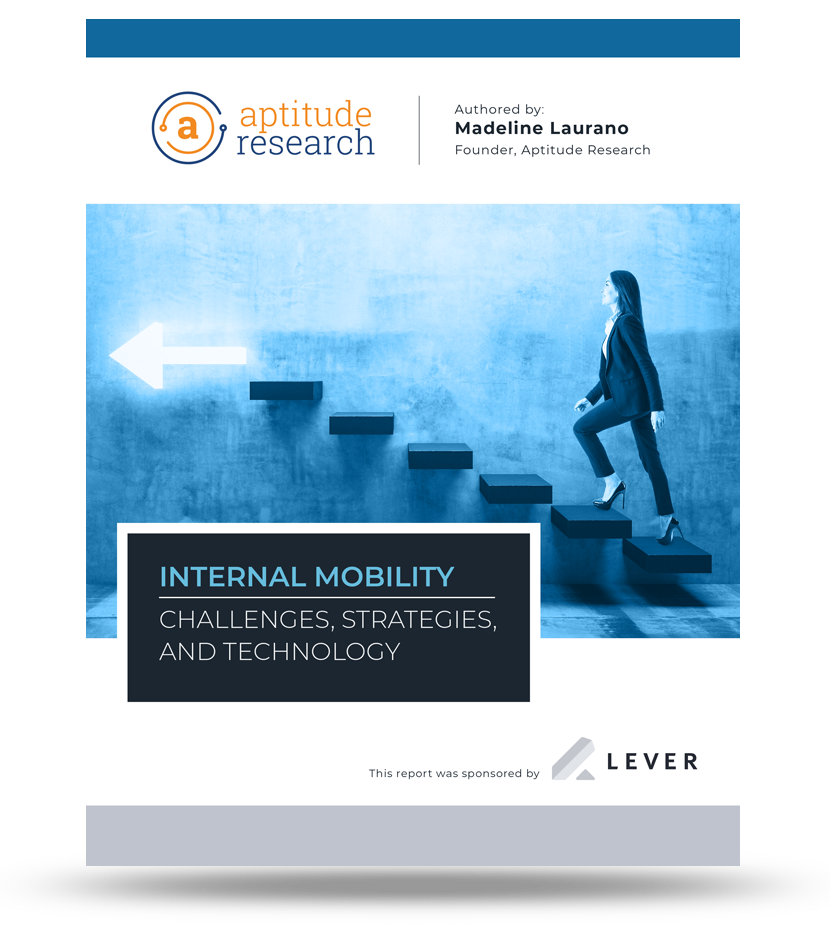When hiring slows down or turnover spikes, internal mobility often becomes the go-to strategy. In fact, our research shows that 70% of companies have increased their investment in internal mobility over the past year.
But internal mobility should not just be a quick fix during uncertain times. It should be a strategic, long-term priority for any company looking to better recruit, engage, and retain talent. Unfortunately, many internal mobility programs are difficult to implement and often fail before they begin. Companies tend to turn to technology without fixing process or cultural challenges first.
Based on data collected in 2021 and 2022, this report will help companies adjust their responsibilities, strategies, and technology adoption to support internal mobility efforts. It will explore the following:
- The key drivers for investing in internal mobility and how it has changed over the past year
- The internal mobility challenges facing companies today
- The harm in treating internal candidates the same as external
- What roles technology plays in improving internal mobility initiatives
- What strategies companies should consider to improve internal hiring efforts
